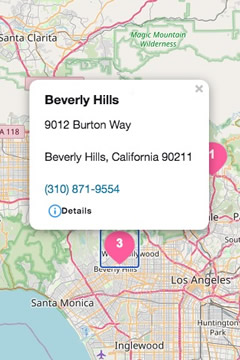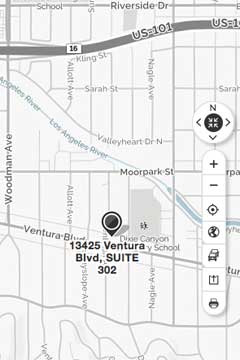Overview: Urinary Incontinence
About 13 million people in the United States experience some type of incontinence, or unwanted leakage of urine. More than 50% of women over 20 years old reported experiencing urinary incontinence at some point in their lives. Moderate to severe urinary incontinence is prevalent in 17% of women aged 20 years or older, but more commonly occurs in 38% of women aged 60 years or older.
Types of Urinary Incontinence
Stress Urinary Incontinence
Stress urinary incontinence is when leakage occurs during stress-induced activities such as exercises, coughs, and sneezes.
Urge Urinary Incontinence
Urge urinary incontinence is leakage associated with urgency, and can make it difficult to hold the bladder without leaking. This can arise from poor bladder habits or overactive bladder syndrome (OAB). About 16% of the United States population are diagnosed with overactive bladder syndrome, which causes intense sudden urgency and frequency to urinate. This can cause depression, social and work disability for many adults.
For urge urinary incontinence alone, the estimated national costs in 2007 included 1.5 billion dollars in direct nonmedical costs (for example, incontinence pads). Depending on the type of incontinence and their comfort level, some people avoid certain activities or perform more “just-in-case” peeing to avoid leakage. There are also many products people use to help them continue those activities but in a more hygienic way.
Treatments for Urinary Incontinence
Standard nonsurgical, non-pharmaceutical treatments for incontinence may include:
- pelvic floor training
- behavioral training
- vaginal cones/bladder supports
There are also pharmaceutical treatments available that help improve urinary retention or affect pelvic nerves or muscles that may be the underlying cause for urinary incontinence. Along with incontinence products and/or medication to help you continue to do the things you love, it is best to have a specialized pelvic floor physical therapist by your side to help understand your bladder physiology and thus improve incontinence or prevent worsening of symptoms. This way, we can help you decrease incontinence, reduce reliance on such products, or reduce the absorbency needed so you can get back to doing the things that you love in a leak-free manner!
Products to Help with Urinary Incontinence Symptoms
While these products may not cure leaking, there are many options available to help manage symptoms of urinary incontinence and let you get back to your normal activities:
- Pads: Incontinence pads are absorbent pads that are designed to draw moisture away from the body and attach to it, preventing urine and moisture from coming out of the pad. There are ingredients that help contain the smell of urine. There are various levels of absorbency, from liners to moderate to heavy absorbency depending on the severity of the incontinence.
- Male Guards: They are specifically designed for the penis, and helps keep fresh and light against mild incontinence.
- Panties/briefs: There are washable and reusable underwear options for mild to moderate incontinence
- Disposable underwear: There are also more absorbent options such as disposable underwear that can help manage more moderate to severe incontinence
- Plastic pads: These are used to protect furniture, chairs, mattresses if necessary
- Impressa Poise tampons: For those who experience mild stress urinary incontinence, this is a tampon that gives extra bladder support. This is only to be used for urinary incontinence associated with activities and not urge urinary incontinence or those who experience pelvic pain.
Note, incontinence pads are different from pads for menstruation. Urine and menstruation blood have different acidic levels, so absorbency pads are made slightly different in order to adjust for the differences in the make-up of the two bodily fluids. It is important for hygiene purposes and skin that you stick to the correct type of pad.
It is a common belief that as you get older or after childbirth, it's normal to leak when sneezing, coughing, or laughing. In actuality, urinary incontinence should not be considered normal, but rather is a sign of pelvic floor dysfunction. Pelvic floor physical therapists can help determine the underlying reason for urinary incontinence, and work towards a goal that improves your confidence, getting you back to activities without leaking!
Pelvic Floor Physical Therapist
What will my visit be like and what can a pelvic floor physical therapist do for my urinary incontinence?
A pelvic floor physical therapist will (with your permission!) test for the tone and strength of your pelvic floor, hips, core and lower back, as they all work together for a stable core, necessary for bladder control. In addition, we look at your breathing mechanics both at rest and during exercise. We ask questions about the quality of your urination and bowel movements and educate on strategies on how to overcome poor bladder habits (like going “just-in-case”, ingesting bladder irritants, or straining, just to name a few). Through coordination training, behavior training, strengthening (not just your pelvic floor), and education, you can gain control of your bladder and significantly reduce urinary incontinence.
As you can see, many treatments and products can help manage urinary incontinence. Remember, while it is common to experience incontinence, it is not normal, and there is help! We strongly recommend seeing a pelvic floor physical therapist to help determine the why, reduce incontinence and improve quality of life.
Interested in learning more about incontinence? Here are 3 other blogs we curated to provide more information:
- Depression and Incontinence: What's the Connection?
- Bladder Health Month: Preventing Urinary Incontinence
- The Latest in the Treatment of Urinary Incontinence
References:
EvidenceNOW: Managing Urinary Incontinence. Content last reviewed March 2021. Agency for Healthcare Research and Quality, Rockville, MD. https://www.ahrq.gov/evidencenow/projects/urinary/index.htmlEvidence-based Practice Center Systematic Review Protocol. Project Title: Nonsurgical Treatments for Urinary Incontinence in Adult Women: A Systematic Review Update. June 6, 2017. www.effectivehealthcare.ahrq.gov
Reynolds WS, Fowke J & Dmochowski R. The Burden of Overactive Bladder on US Public Health. Curr Bladder Dysfunct Rep. 2016 March ; 11(1): 8-13. doi:10.1007/s11884-016-0344-9.
Love, Clark. Incontinence Statistics in the U.S.-An Overview. Brighter Health Network. January 31, 2017. https://info.bhnco.com/blog/incontinence-statistics-in-the-u.s.-an-overview



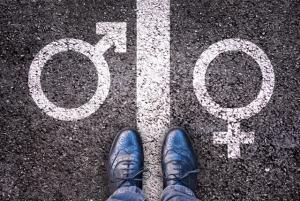

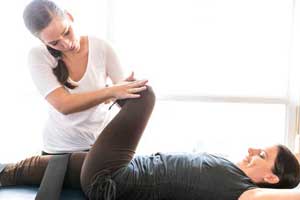
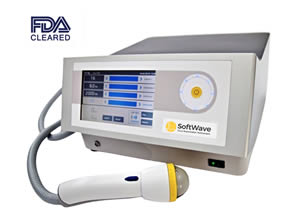


















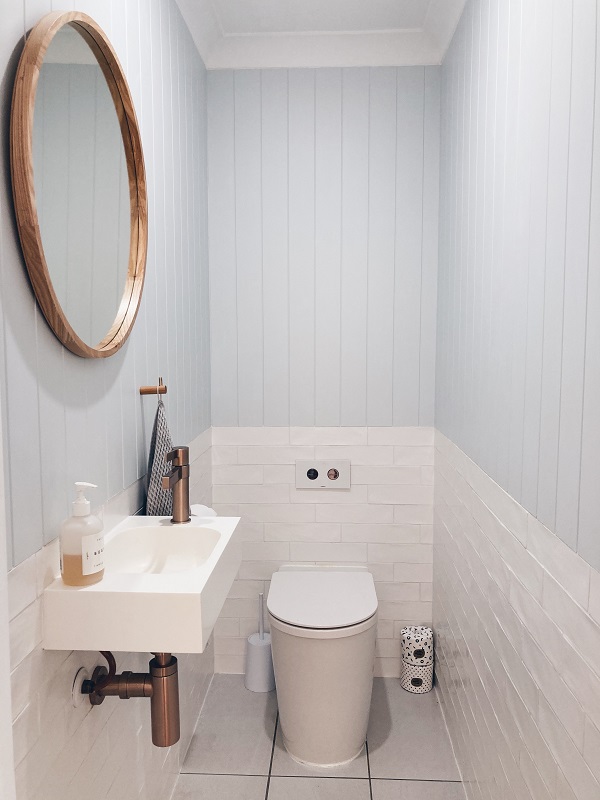
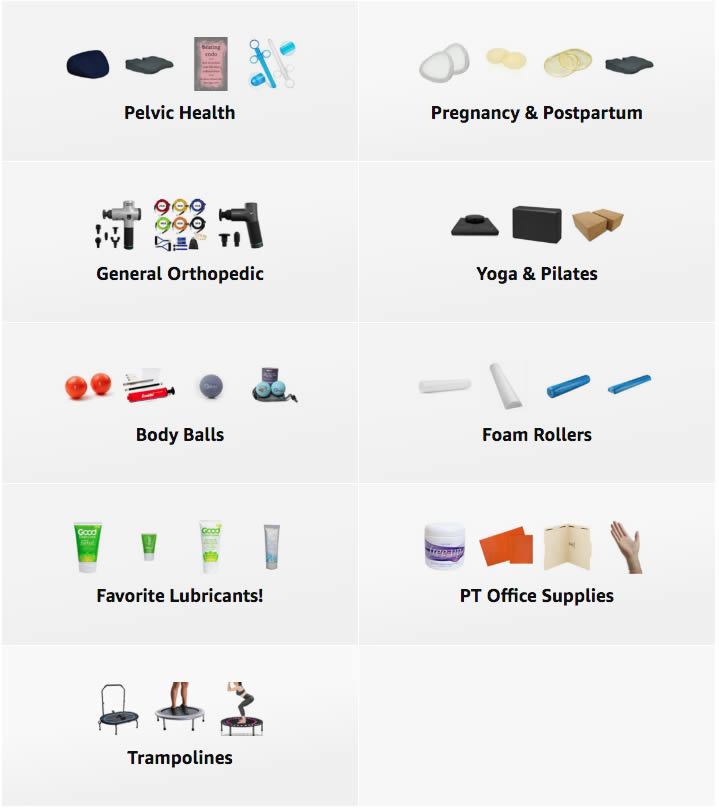 A Curated List of Excellent Items at Amazon
A Curated List of Excellent Items at Amazon

